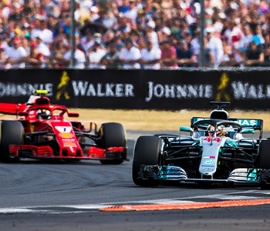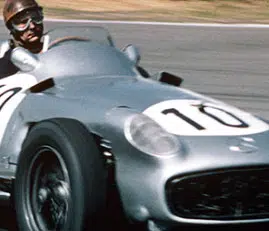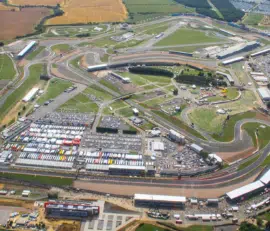This year the A.D.A.C. had their 1,000 kilometre race inscribed in the list of events counting for the Manufacturers' Championship and as a result the greatest collection of sports cars and sports-car drivers ever seen on the Nurburgring were gathered together. With entries from all the leading factories it was a true championship event, the only doubtful point being the inclusion of rather a large number a unknown private drivers.
Practice times in a big sports-car event usually count for little, for when a Le Mans-type start is used, the organisers invariably line the cars up in order of engine size instead of performance. For the Nurburgring race the arrangement was still a Le Mans-type start, but with the cars in order of practice times, the only snag to this otherwise excellent arrangement was that no account was taken of who drove which car in practice. The Ferrari and Maserati teams were using more cars than drivers for practice, with a result that there was a lot of chopping and changing about, and times were only credited to the race number of the car, and a driver might make fastest lap and have to start fourth or fifth in the line, due to having practised on one of the other team cars.
There were three days' practice and the first one saw quite a large amount of activity, though many of the works drivers were circulating in their private cars to learn the course, for the Nurburgring is not to be tackled lightheartedly. The regulations made a strong point that no passengers were to be carried during practice, having in mind two-seater sports cars, but when family saloons arrived on the line loaded to capacity with drivers, there was some anguish caused when the officials turfed them all out. For some reason best known to themselves the Nurburgring authorities had rebuilt two of the corners on the circuit, Aremberg and Schwalbenschwanz, completely altering the whole aspect of the second one and making it much faster than before. The Aston Martin team had been to the circuit earlier in the month and become pretty well acquainted with what was needed, though Jaguars arrived blindly and had to do some rapid rear axle changing, being much too over-geared. Both these teams had only two cars apiece, with no spare for training or in the event of trouble, while the Italian teams arrived with spare cars and engines, and on the second day there was gloom in the Jaguar team for Paul Frere looped-the-loop into the bushes with the second D-type and bent the chassis frame. A urgent phone call to Coventry energised the works and another car was driven out overnight, which was good proof of the roadworthiness of the D-type Jaguar. The Ferrari team was undecided about who should drive four-cylinder cars and who should drive 12-cylinder ones, but after a great deal of practice by all the drivers, and a reshuffle of the pairing of drivers, there was satisfaction all round. Maserati had only the 3-litre cars for their top drivers, so there was no problem, but there was a certain amount of re-arranging of the pairs of drivers. Throughout the whole of the second day of training it rained and as the weather did not look like breaking up almost everyone practised, in case the race had to be run in the wet. On the Saturday morning before the race there was a final practice period and at last the weather had cleared and the track was dry, so that there was plenty of activity, but with drivers trying different cars all the time it was impossible to keep track of everyone's best laps. When the official timekeepers gave a very fast lap for car number six, the Maserati driven by Taruffi and Schell, it was quite obvious that it was during the time Moss or Behra were driving the car, and similarly with the Ferrari team.





